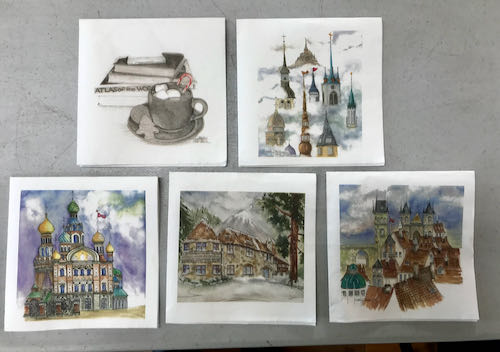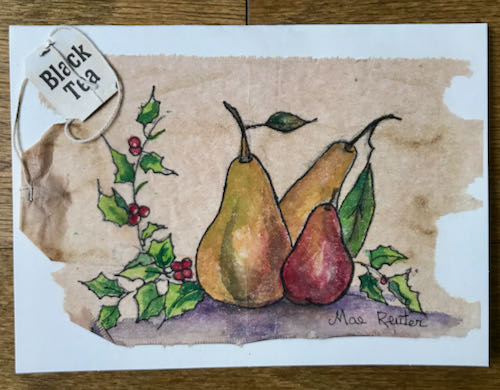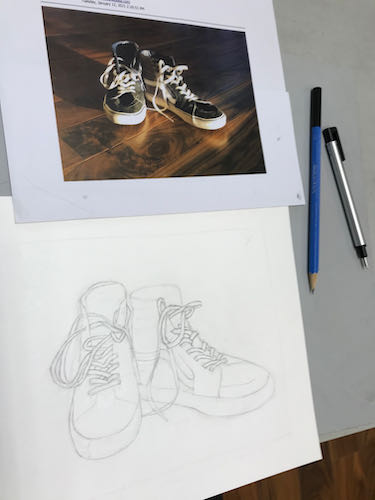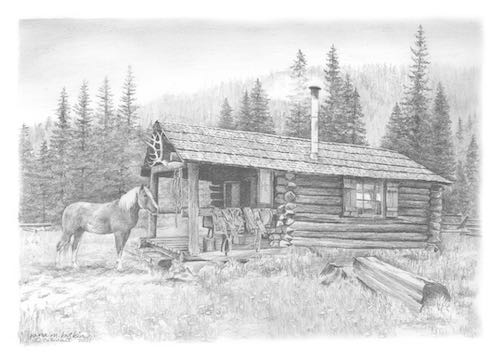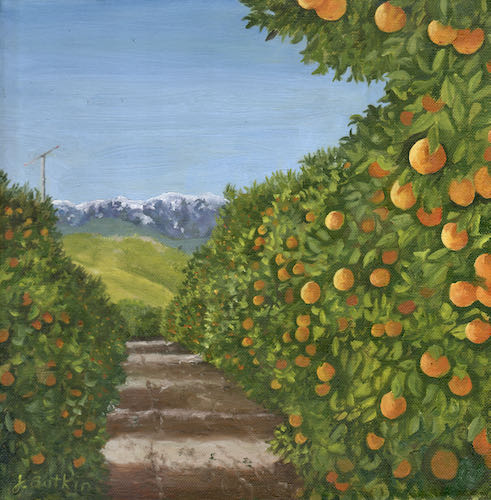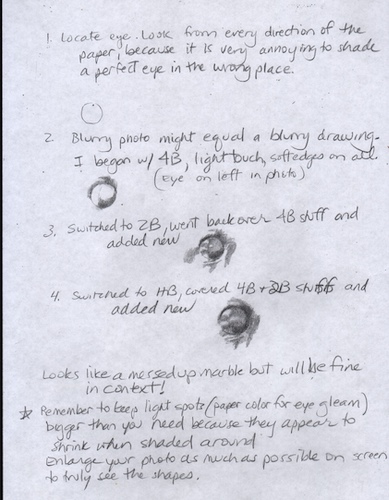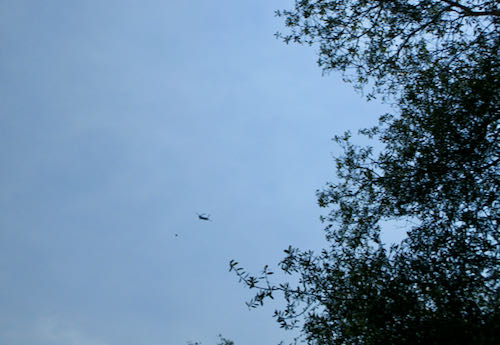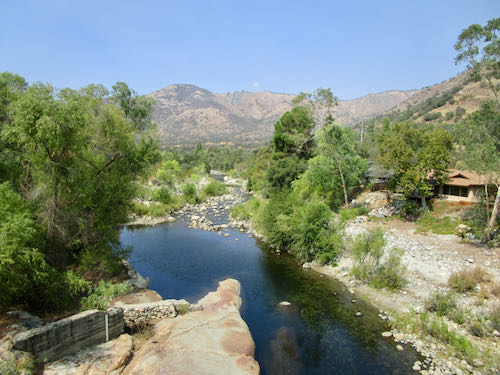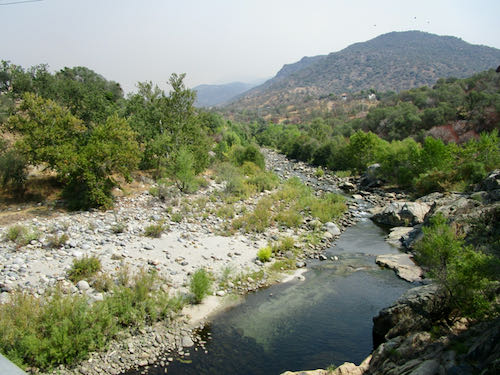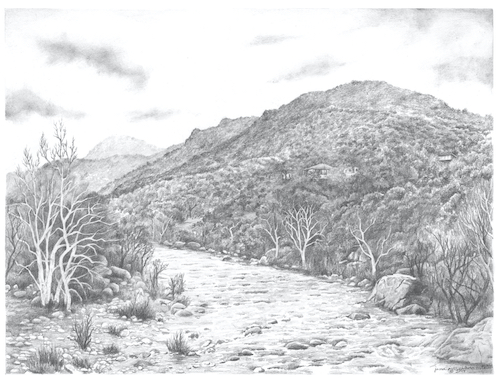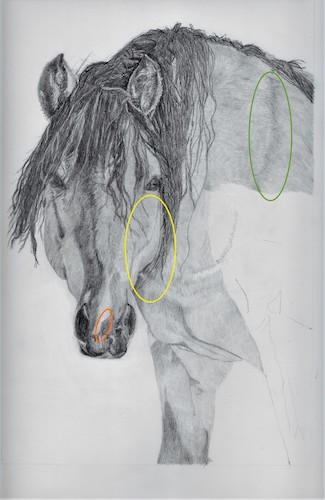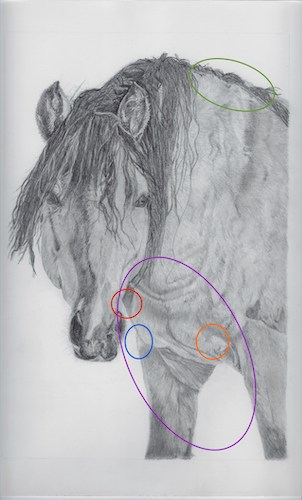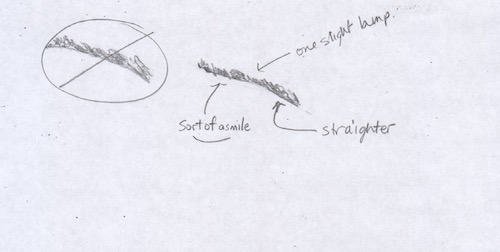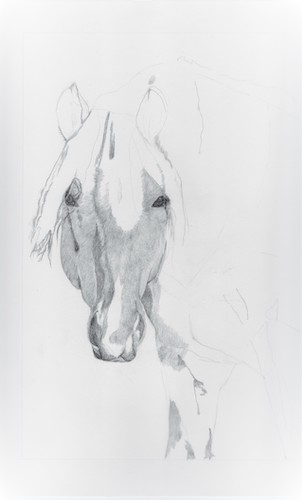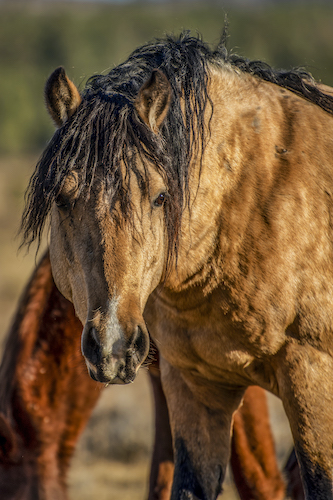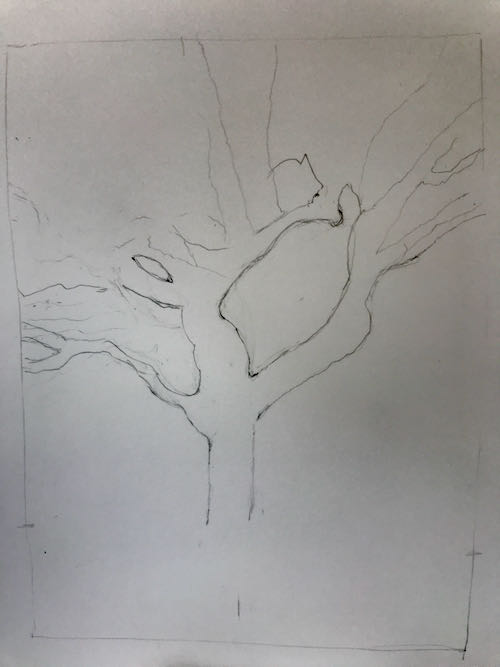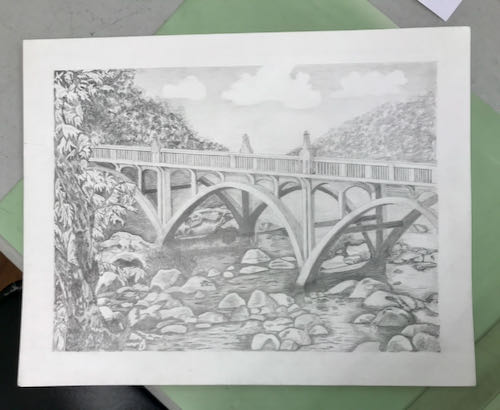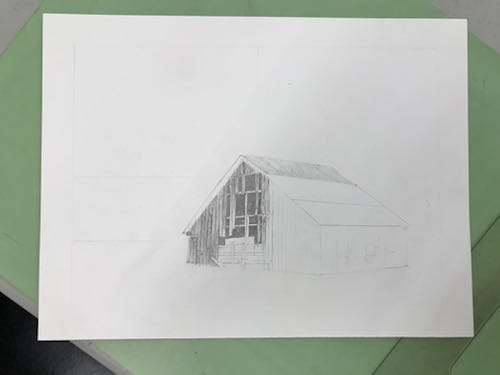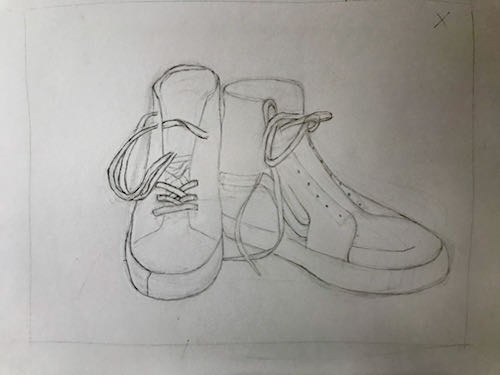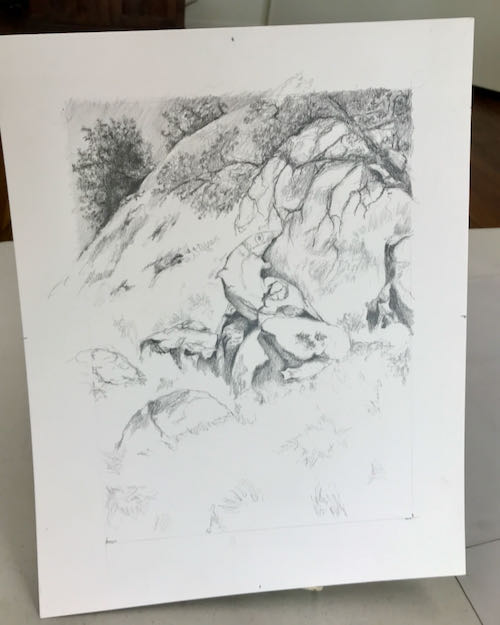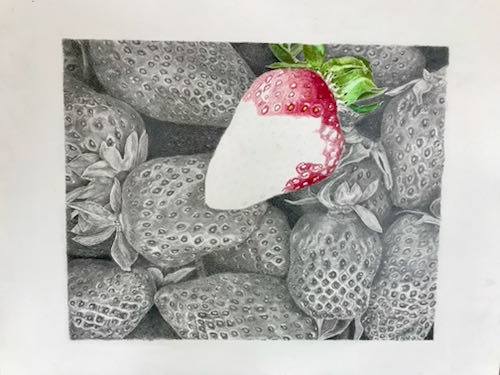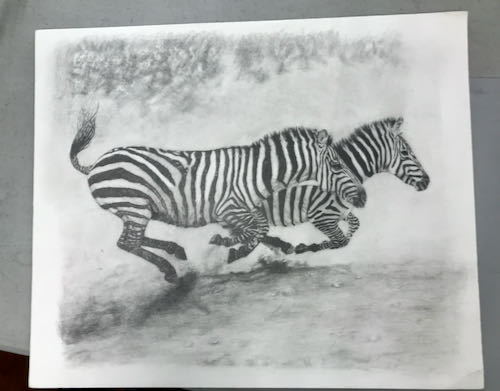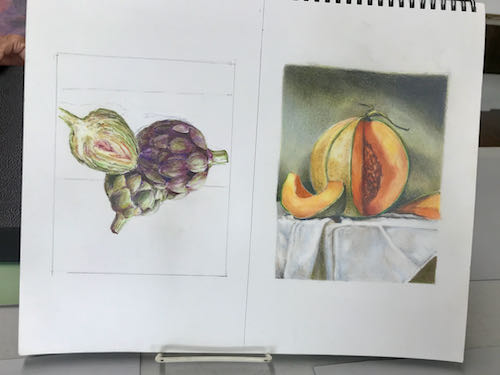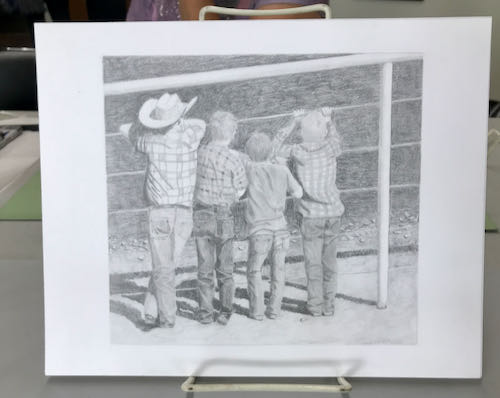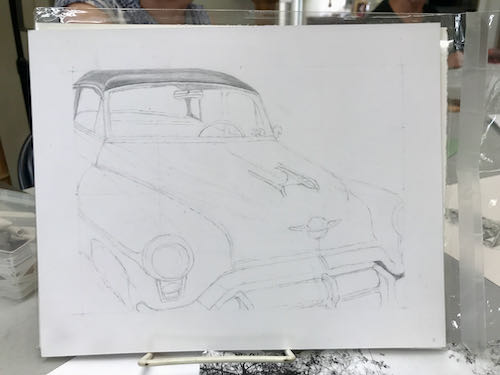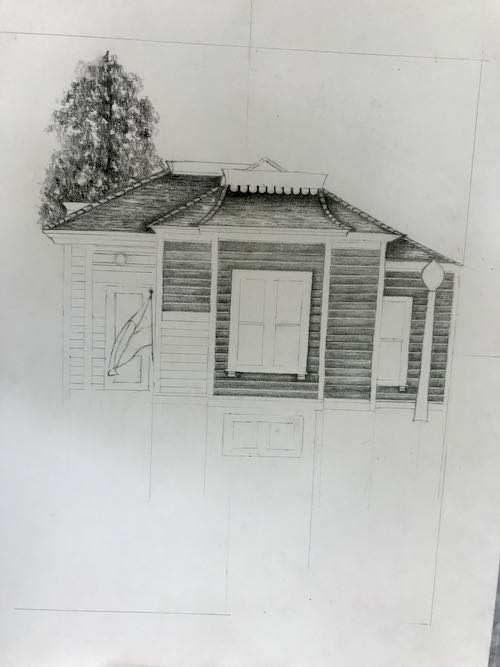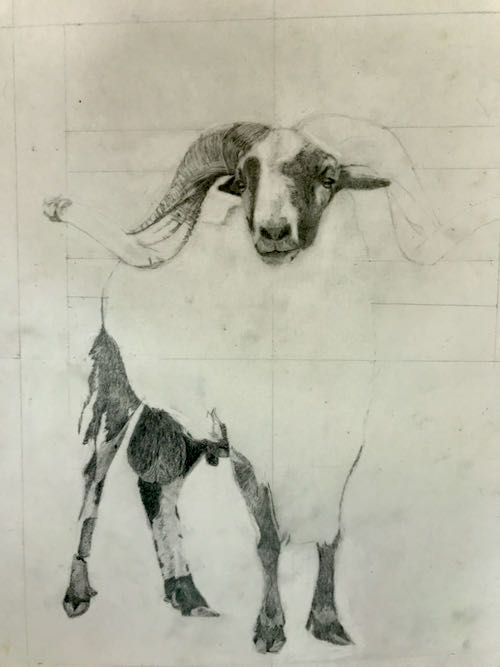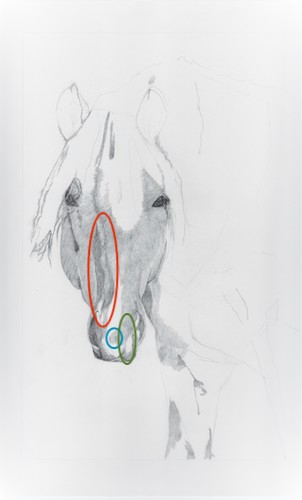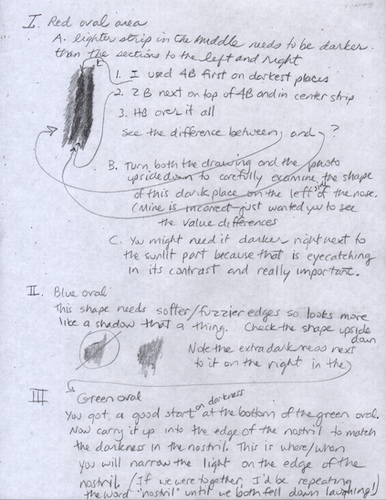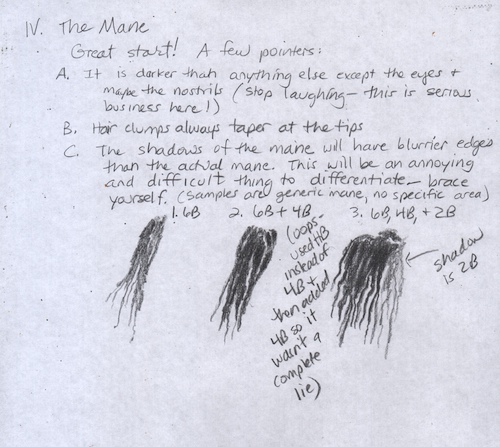One week ago we climbed on the hill behind our house and saw this above our roof.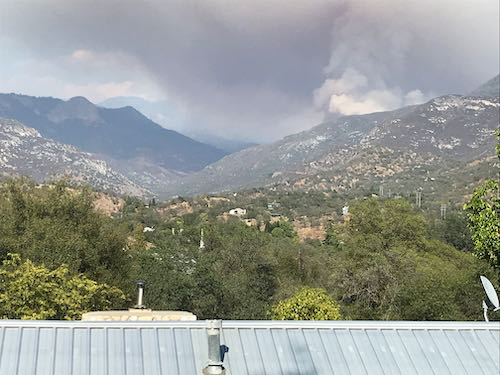
The smoke from fires makes it look like a foggy day. The differences are an orange tint, warm temperatures, and falling giant dandruff instead of a gray tint, cold temperatures and falling water.
This week Tucker and I had a little fun in the grass. He likes to stay just outside of arm’s reach, and jumps ahead whenever I crawl toward him. This is the second year of no mowing in hopes that the lawn would thicken up either by roots or by seeds. The cats love it long, and it seems thicker. Of course, transplanting chunks from another area may have contributed.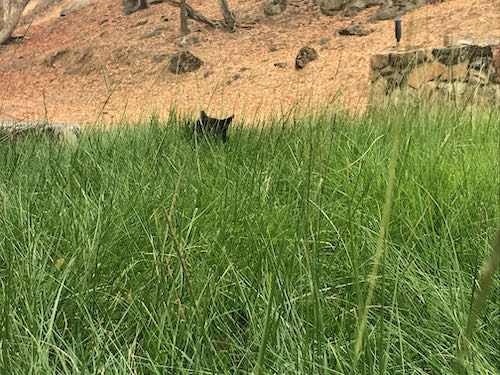
I just checked this book out from the library (Woodlake, because Three Rivers is closed due to the fires). It is fluffy, and fluffy is most welcome right now. The weird orangish tint is because of the fire.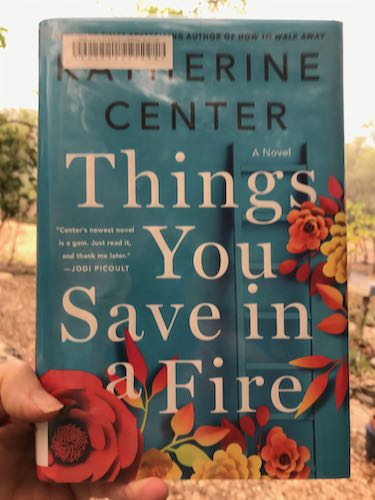
This week I learned that the company who printed my coloring books has not saved the files. This means that reprinting any of the coloring books will involve a massive amount of computer work, again. The fad has passed along with demand, so I am unsure about proceeding. I am considering compiling a new one, combining pictures from the previous five. The Heart of Rural Tulare County is a long title, but it describes it well. This is an old post about designing #5. All the coloring books are sold out, but perhaps one of my retail outlets still has a copy or two. Here is the cover of the second one: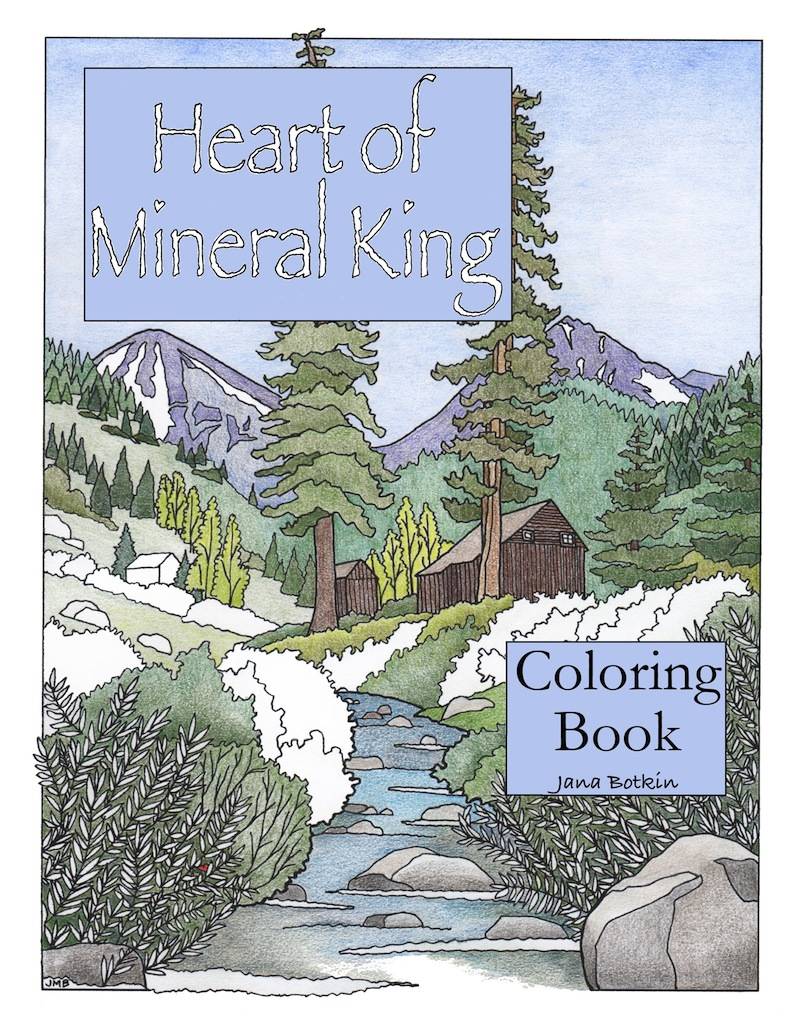
This week several places asked about reordering notecards. The prices have gone up considerably, and I am in sticker shock. When I started making notecard sets in 1987, they sold in stores for $5 for 10 cards. (You can read about that here, here, here, and here; there may be more old posts about them, but I am tired of looking for them and you are probably tired of reading all those links). Now they will have to sell at $10 for 4 cards. I made a new design, and will restock only a few of the most popular cards. People just don’t write that much any more to justify my keeping a large inventory. This is the upcoming Thank You card (no, it won’t say “Note Cards – 5.5″ x 4″ Folded – Premium matt: Front Side)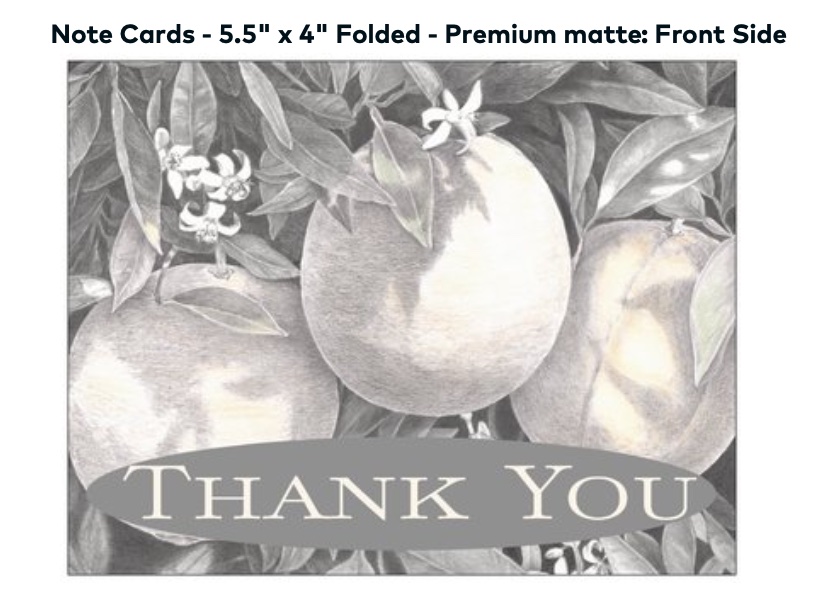
Because of the fires, drawing lessons did not restart the day after Labor Day. I have postponed them until the first week of October. I miss my students (a dear one died yesterday morning – if you are in drawing lessons and want to know more, email me). But, with the fire restriction of voluntary evacuation, I am reluctant to leave home; if it suddenly became mandatory to evacuate, then I wouldn’t be able to return home and get all my sweaters stuff.
